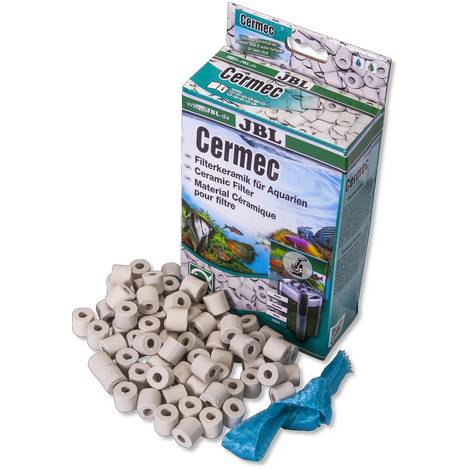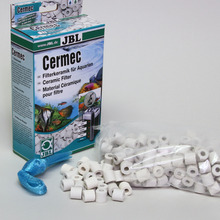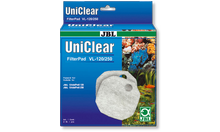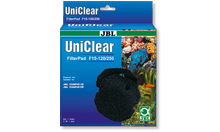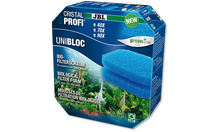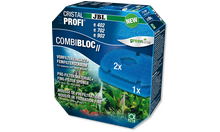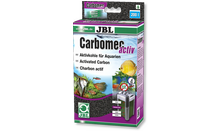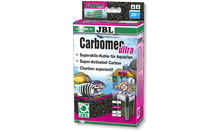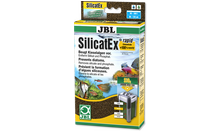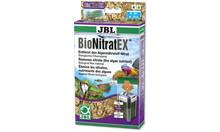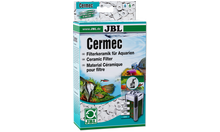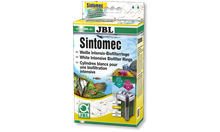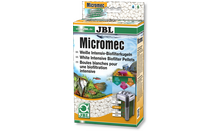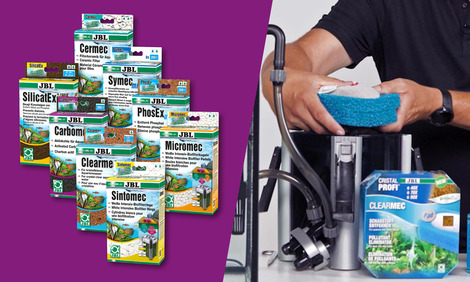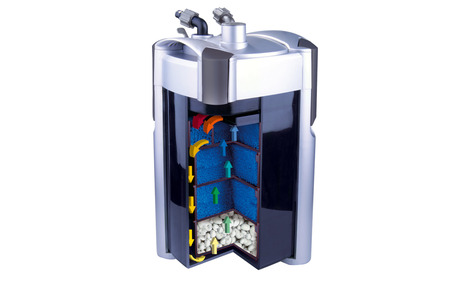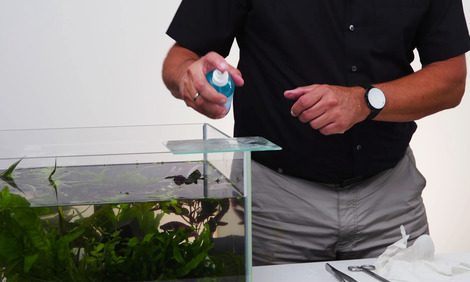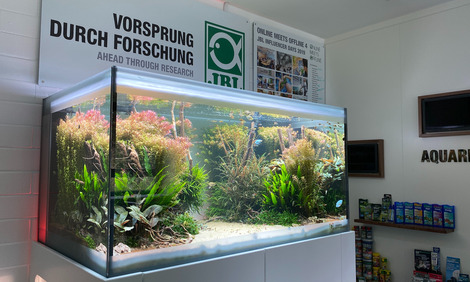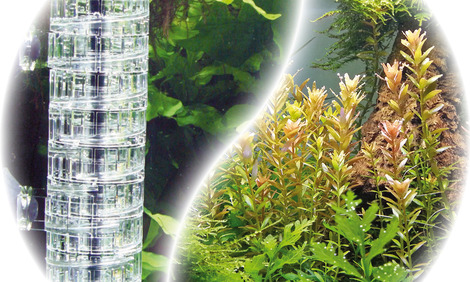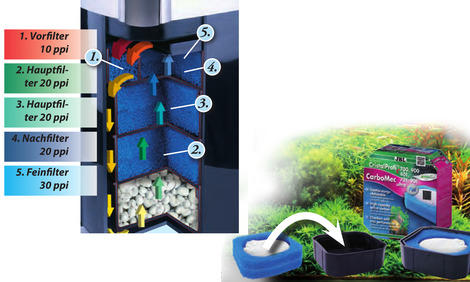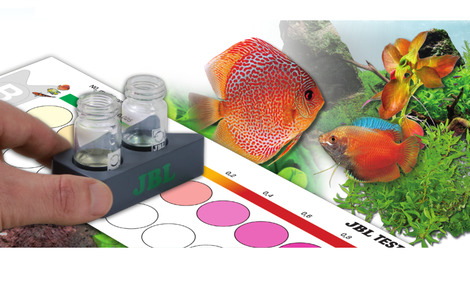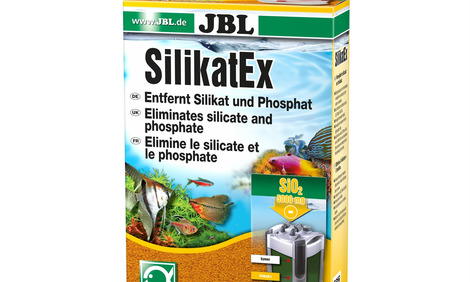Filter materials serve multiple purposes: they either filter suspended matter out of the water (mechanical filtering), provide settlement space for bacteria that break down pollutants (biological filtering), or remove harmful substances from the water (chemical/absorptive filter materials).
The filter material should always be fitted from coarse to fine inside the filter, as fine filter material clogs too quickly at the beginning. A coarse filter sponge or filter ceramic (JBL Cermec) is ideal for the first filter stage. For biological filtering, JBL Sintomec and JBL Micromec provide the largest possible surface area for pollutant-degrading bacteria. Activated carbon (JBL Carbomec activ/Carbomec ultra) filters out discolouration and medication residues. JBL NitratEx and JBL BioNitrat Ex filter out nitrates. JBL PhosEx Ultra helps against algae-promoting phosphate. Silicat Ex helps against silicic acid which promotes diatoms.
The quality of the filter material essentially determines the effectiveness of an aquarium filter! Most aquarium filters are already equipped with sponges as filter material in advance. Sponges have a fairly large surface area, which over time will be colonised by beneficial bacteria for breaking down pollutants.
Ceramic tubes are the ideal pre-filter material, as they can hold on to the dirt well due to their tubular shape, but do not clog up as quickly as sponges, or similar! They can be quickly rinsed out under running water and are then immediately ready for use again.
Beneficial, pollutant-degrading bacteria can settle excellently on the outside and inside of the ceramic tubes. However, the surface area of the ceramic tubes is much smaller than that of sintered glass tubes such as JBL SintoMec.
We therefore recommend the ceramic tubes as a pre-filter material and the sintered glass tubes as the main biological filter material, even though both types of tubes can perform both functions.
JBL Cermec
Ceramic filter tubes for aquarium filters
Cermec
- Clean and healthy water: ceramic filter tubes for use in aquarium filters
- Pre-filter medium protects biological filter material from over-rapid silting
- Pure ceramic material. Dimensions of a ring: 17.4 mm L, 17.4 mm outer diameter, 7.75 mm inner diameter, 4.7 g
- Suitable for fresh and saltwater
- Package contents: 1 litre ceramic filter tubes incl. net bag for filling

